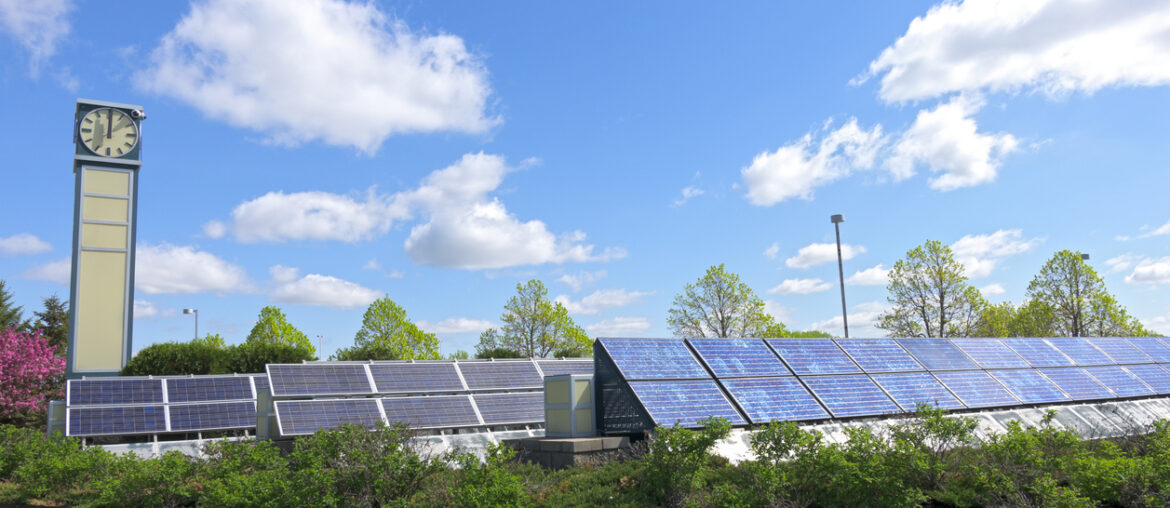New research led by the U.S. Department of Energy and the National Renewable Energy Laboratory (NREL) reveals a powerful insight: solar farms don’t just produce clean energy—they can also revive native ecosystems, support pollinators, and restore soil health.
In collaboration with Argonne National Laboratory, the University of Minnesota, Temple University, and ecological restoration experts at MNL, NREL spent six years studying three utility-scale solar farms in Minnesota. This was the first long-term research project in the U.S. focused on “ecovoltaics”—the integration of solar production with environmentally beneficial land use.
Bees, Biodiversity, and Solar Panels
One of the most exciting takeaways: solar farms can become vital pollinator habitats.
Pollinator species like bees and butterflies are in steep decline—bee colonies in the U.S. have dropped from 6 million in 1947 to just 2.8 million by 2019, according to the USDA. That’s why Enel Green Power, owner of the Minnesota sites, made bee health a key focus.
“It’s a great opportunity to develop a healthy environment while producing clean energy.”
— Jacob Fehlen, Enel North America, in a recent statement
To support local ecosystems, Enel planted over 1,000 acres of native vegetation beneath solar panels. They partnered with local honey producer Bare Honey to introduce beehives around the farms, producing organic “solar-powered” honey now sold to restaurants and breweries.
Enel also collaborated with organizations like Monarch Joint Venture, NREL’s InSPIRE initiative, and the Pollinator Friendly Alliance to ensure the vegetation meets strict ecological criteria.
What the Research Found
The results were encouraging—especially for developers interested in building more than just energy capacity:
- Pollinators flourished, with bee and butterfly activity rivaling conservation land
- Soil structure improved, particularly on sites converted from former farmland
- Native plant diversity increased steadily over time, supporting long-term habitat development
Notably, researchers found that while native vegetation didn’t boost electricity output in Minnesota’s cooler climate, it may have a cooling effect that improves solar panel performance in hotter, drier regions.
A Long-Term Investment
The research also highlights the importance of patience. Some native species took up to six years to take root, and soil restoration benefits are still being measured.
But the signs are promising—not just for developers, but for neighboring farmers, who benefit from increased pollinator activity and healthier land use nearby.
The Minnesota solar sites were recently recognized with a North American Agrivoltaics Award, and results from the study are being published in top scientific journals, including Earth’s Future and Environmental Science & Technology.




